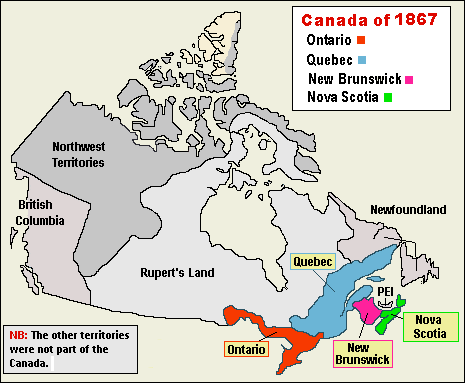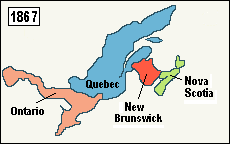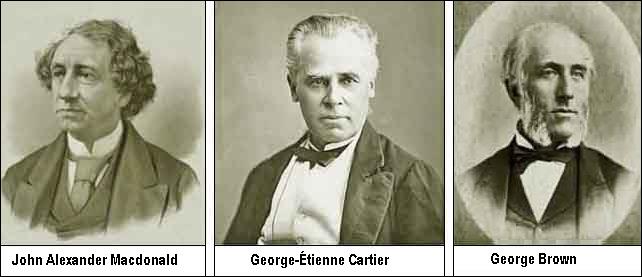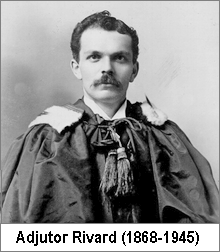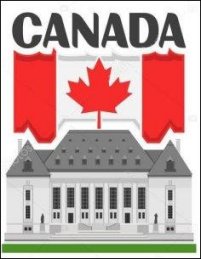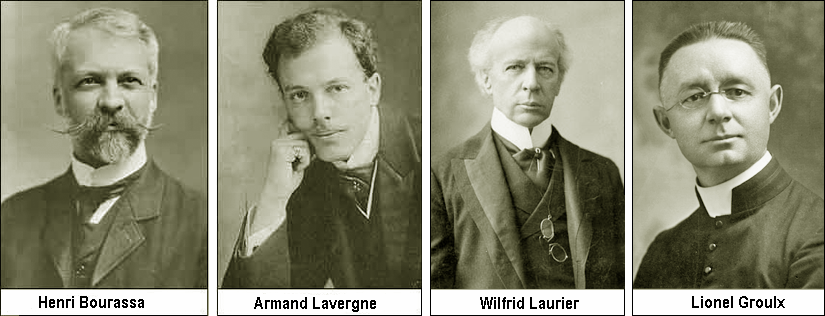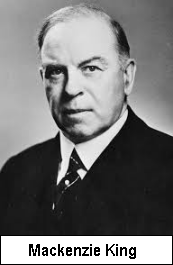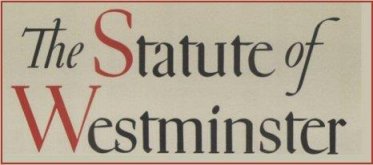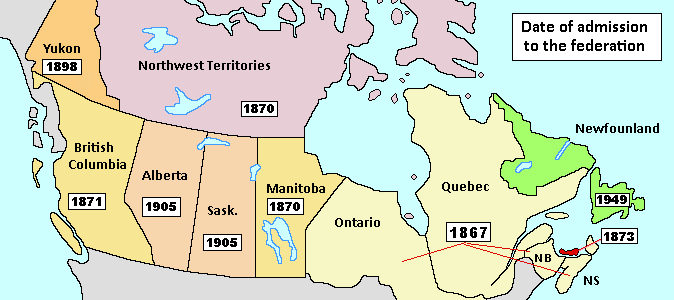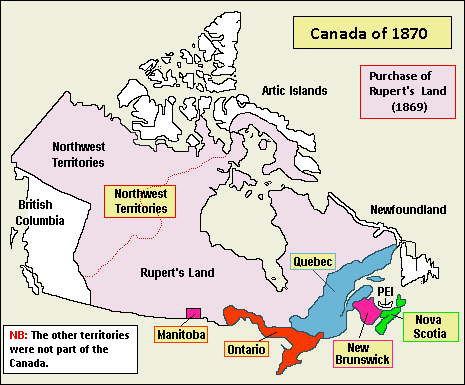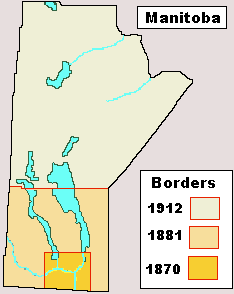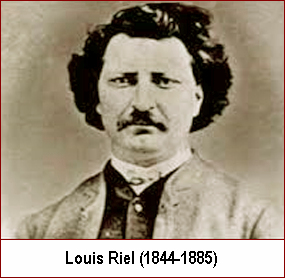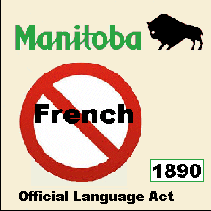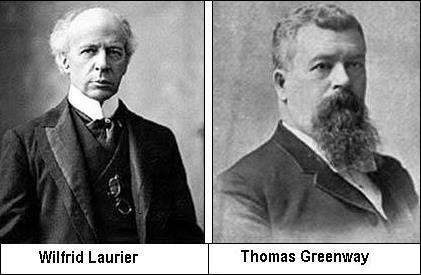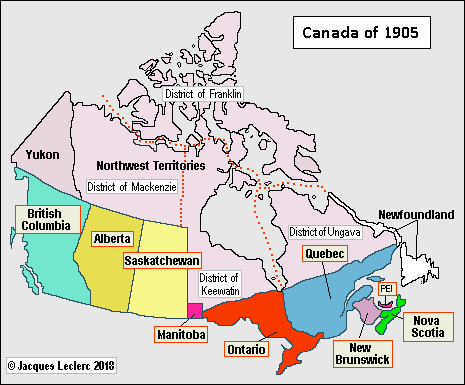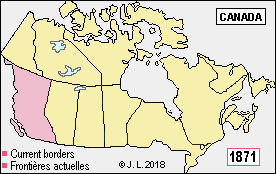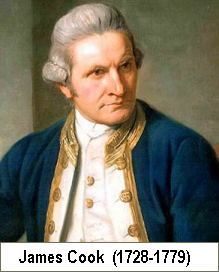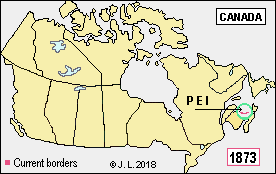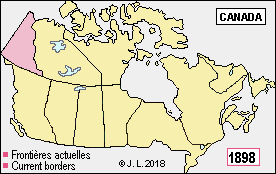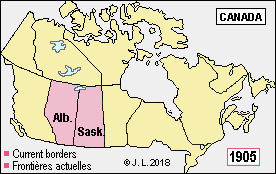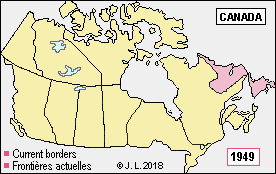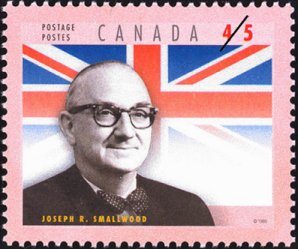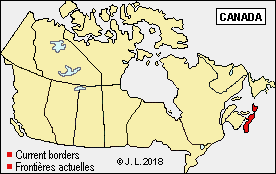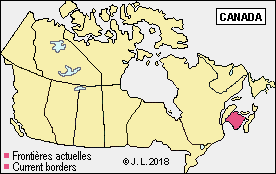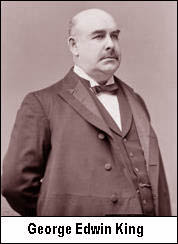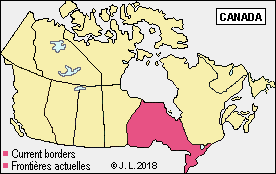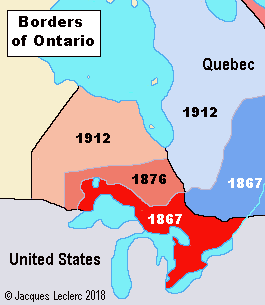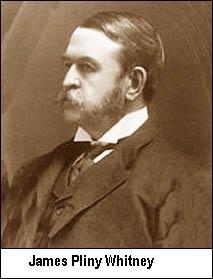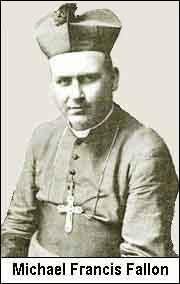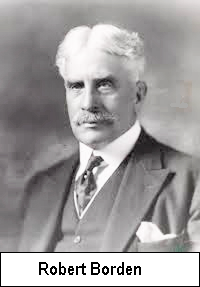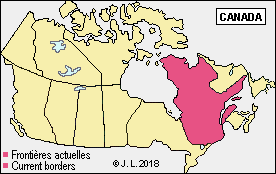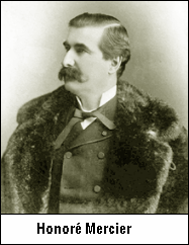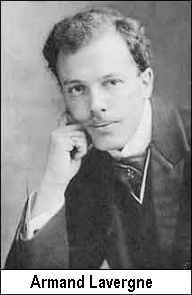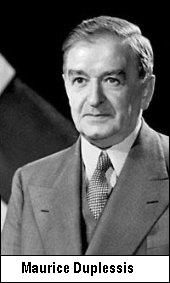Reports from the time indicate that Ontario Francophones were viewed as a group that refused to assimilate into the majority. They enjoyed the support of the Catholic Church and solidly established institutions. At the time of Ontario's entry into Confederation, Franco-Ontarian children attended their own "separate schools," i.e., confessional schools run by the religious orders. In 1871, parish priest A. Brunet of L'Orignal wrote to Egerton Ryerson, a prestigious Methodist minister, author, editor-in-chief, and school administrator:
The francophone population of this school sector [...] was obliged to set up a separate school in 1867 for the sole purpose of teaching its language, the school trustees of the public common schools having constantly neglected to hire a teacher capable of teaching French.
In 1869, the Ontario Ministry of Education approved nine French-language textbooks for regions designated as bilingual. But it wasn't until 1871 that school became compulsory for children with the enactment of the Ontario School Act, which required all children aged 7 to 12 to attend school at least four months per year.
In 1885, the Ministry of Education imposed a by-law requiring all schools in the province to teach English. The goal was to integrate and assimilate the many immigrants, but the by-law also directly and harmfully affected Francophones. This marked the start of the so-called "bilingual" schools in the counties of Essex and Kent in the southwest and Russell, Prescott, and Carleton in the east. The schools were generally public, and instruction was usually in two languages—French and English. In 1891, a report by the Ministry of Education estimated there were 83 French schools in the province. In 1889, the Ontario government set up a commission to ascertain whether the bilingual French schools were complying with the Ministry of Education's directives. In the schools of Prescott and Russell, it discovered that most all of the teachers had never graduated from teacher`s college for primary school, and that instruction in English was very inadequate. This poor showing was blamed on the teaching of French! In response, the Ontario government adopted the Regulations of the Ontario Department of Education in 1890 imposing English as the language of instruction throughout Ontario, except where pupils did not understand English. This exception was a loophole designed to permit "bilingual schools" to teach many of their classes in French.
Expansion of the Franco-Ontarian Community and Extremist Reactions
Francophone parishes multiplied in Ontario, notably in Ottawa, where French-speaking Canadians came seeking careers in the federal civil service. Fighting broke out when Anglophone members of the Separate School Board accused the Catholic bishop of erecting a "ring of French schools" around the city. The trustees were worried their tax dollars were being used for French schools. And with the growing number of Franco-Ontarians, Orangemen (who were mostly anti-Catholic and anti-French) started to worry about their province's protestant heritage while Irish Catholics were afraid of being overwhelmed by the French language in their churches. George Howard Ferguson (1870–1946), an Orangeman who would later become premier of Ontario (1923–1930), resumed rather well the opinion of most Anglo-Ontarians at the time:
A bilingual school system breeds racial division. It imprints the idea of racial difference on the minds of youth and prevents the mixing of the population [...] Experience in the United States, where the school system admits only one language, has shown the wisdom of such a system.
Many Anglophones of the time saw Franco-Ontarian schools as a "Papist intrusion" into Canadian affairs! Here's what D'Alton McCarthy, the Conservative MPP for Simoce-East and Grand Master of the Ontario West Orange Lodge, had to say in 1888:
Who should rule over Canada, the queen or the pope? Will this country be English or French? [...] This is a British country, and the sooner we take in hand our French Canadian fellow subjects and make them British in sentiment and teach them the English language, the less trouble we shall have to prevent. Now is when the ballot box must deliver a solution to this grave problem; if it finds no remedy in this generation, the next generation will have to take up the bayonet.
This extremist stance (taking up the bayonet) was not shared by all Ontario Anglophones, but it illustrates a concept of the nation as forming a single whole, i.e., white and Anglo-protestant, also known as in the United States the WASP (White Anglo-Saxon Protestants). Also of note were the telling remarks of Norfolk Liberal MP John Charlton in explaining his One Nation theory to the Equal Rights Association in Toronto on June 11, 1889:
I believe that assimilation of the races in the Canadian Confederation is most desirable. I do not see how we can form a nation in all its grandeur so long as we have in this country two distinct races with opposing aspirations, desires, and institutions. Abraham Lincoln said that the people of the United States could not live half free and half in slavery. Canada can never live half in English and half in French.
But John Charlton (1829-1910) went further, ridiculing the Francophones of the St. Lawrence River Valley, whom he compared to "midgets.":
"The idea of raising a Latin race on the banks of the St. Lawrence is an insult to common sense. The Anglo-Saxon cannot be hindered in his march forward by the efforts of such midgets."
The problem was some spokesmen of the English and protestant majority saw francophone affirmation as a threat, particularly since their birth rate was higher than that of Anglophones. On July 12, 1889, D'Alton McCarthy, considered one of the most brilliant lawyers of his generation, made no secret of his intentions with regard to the assimilation of Francophones:
We live in an English country, and the sooner we can anglicize French Canadians, the better it will be for our posterity whose load will be lightened. This question must be settled sooner or later. [...] When French is abolished in the North-West, there will still be much for us to do. Let's first take care of the two languages in the North-West Territories and the teaching of French in schools in the English provinces; once these two matters are settled, we will have accomplished something and smoothed the road to the future.
The following December 12, D'Alton McCarthy alluded to the disappearance of Francophones as a good solution:
Lord Durham understood that so long as the French Canadians were free to educate themselves in French in their schools, to feed their intelligence with French literature rather than English literature, they would remain French in every way. [...] Is there a shadow of a doubt that between these two races, more than between any two others, if union is to be, it must bring the disappearance of one of the two languages and the teaching of the other?
As for Wilfrid Laurier, then leader of the federal Liberal Party, which was in opposition, he preached the equality of the two communities (June 24, 1889):
As for myself, I don't want the French Canadians to dominate anyone, and I don't want anyone to dominate them. Equal justice, equal rights.
But English Canadians were not yet ready for such a vision of equality. Toronto, and all of Ontario, were in the throws of a wave of anti-francophone and anti-Catholic sentiment. It was felt that the use of French in Ontario schools was a threat to the province's integrity as an Anglophone and protestant community. The cry went out to abolish the "privileges" of Ontario's Catholic minority in the name of "equal rights." The separate school system was particularly decried, as it was seen as unfair, ineffectual, and dangerous in light of the growing demographic weight of Franco-Ontarians.

